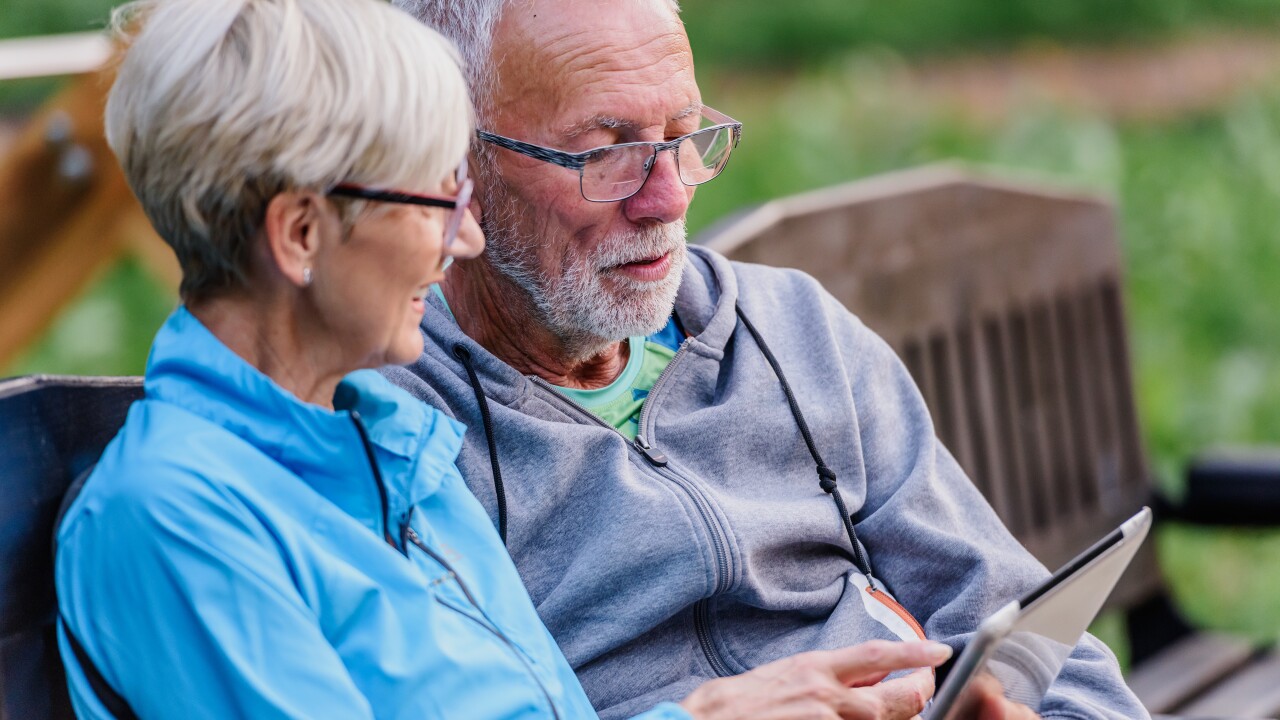Wellness apps, mental health benefits and paid time off are great ways to promote well-being within a company, but they are typically crafted to be used by individual employees on their own time. To ensure that wellness is woven into the
"One of the things we ask our folks is, "Do you have time for healthy habits?" says Frank Giampietro, EY's chief well-being officer. "We can't control everything from a well-being perspective, but we can control whether people feel like they have time to take care of themselves."
Read more:
To make healthy habits a consistent part of their employees' workday, EY launched a pilot for their Fit to Perform program last year. The program focuses on concepts such as rest and recovery, nutrition, and growth and mindfulness. Available to 60,000 U.S. workers, it allows individuals and teams to sign up for month-long initiatives and receive resources and daily nudges to participate in a three to five minute activity. To drive engagement, employees and teams get points for participation, gamifying the entire initiative.
"It started off as, How do we educate people more about the science of how our brains and bodies work so they can make better decisions," he says. "But then we started talking about micro habits, and is there a way we could use nudges to help people along. We're a pretty competitive environment, so we decided to put all those things together."
Read more:
Gamification is becoming more popular in the workplace. Ninety percent of employees say it makes them
This shared information is part of EY's bigger data-gathering efforts, which they call their Vitality Index — a method for managers to measure their employees' well-being using approximately 20 different metrics such as vacation time used, certain benefits utilization, and feedback on feelings of belonging, inclusiveness, purpose and value.
"[The] vitality index gives [managers] a single view of all the drivers that we know are going on in the organization, both by sentiment — what people are telling us — but also operational indicators that we were sitting on. How many hours are people working? Are they taking time off? Are they getting recognition awards? Are they participating in programs that we know ultimately lift their well-being?" says Giampietro. "We pulled all that data together into a single view for leaders that shows them how they're doing . If they're performing low in one of those areas, the program will give them three actions they can take as a leader to improve their score."
Read more:
Recognizing that a workplace's initiatives are only as effective as its leadership, EY has also instituted mandatory well-being goals for their principals and partners, which allow them to be evaluated on how they're modeling well-being and demonstrating a culture of care for their teams, says Giampietro. Leaders are encouraged to speak confidently about their
"It's not this thing that sits off to the side," Giampietro says. "If we do an all-hands call at our U.S. level, or if we do an all-hands call for a part of our business, well-being is now often on the agenda. Sometimes it's five minutes, sometimes it's 30, but people see it as part of how we operate."






